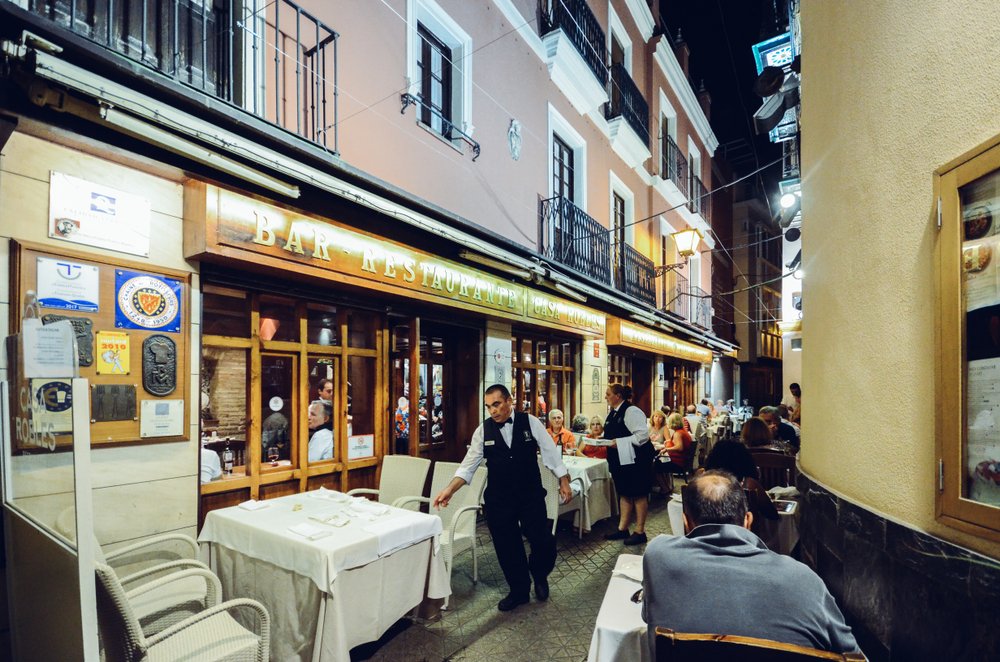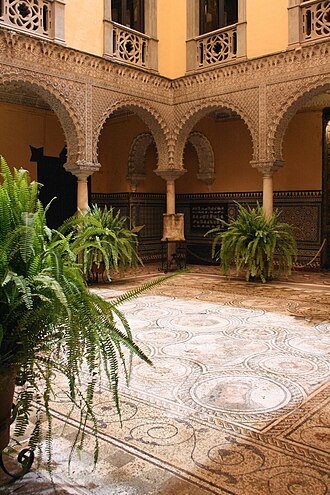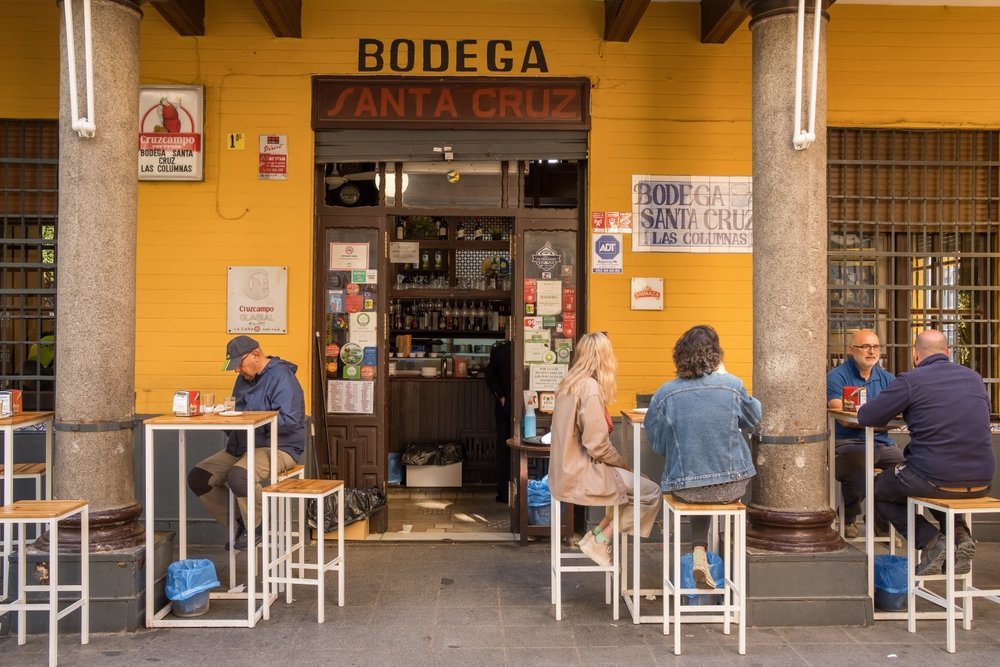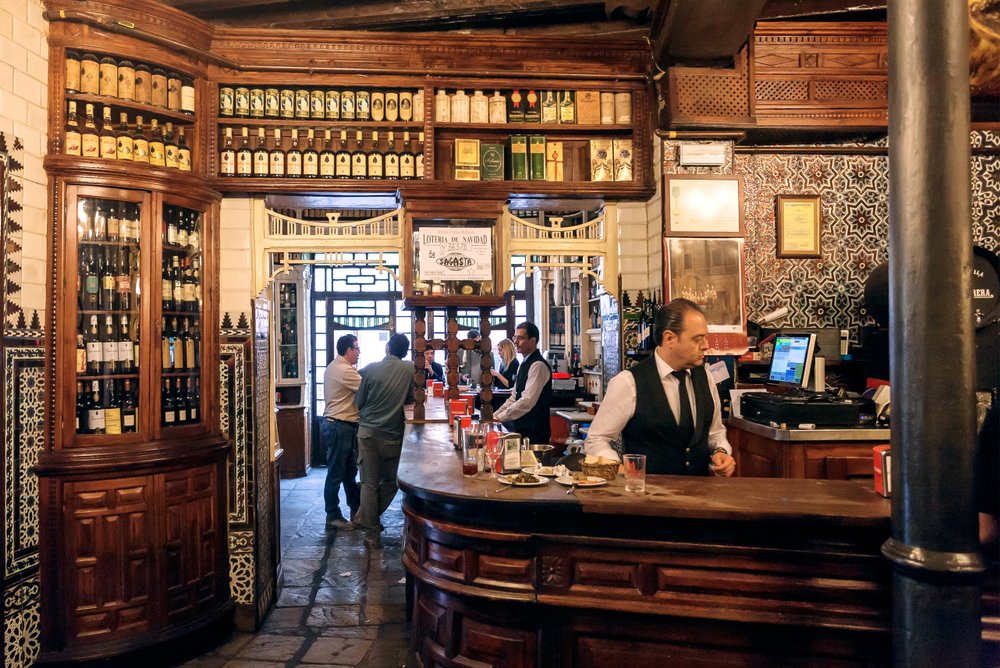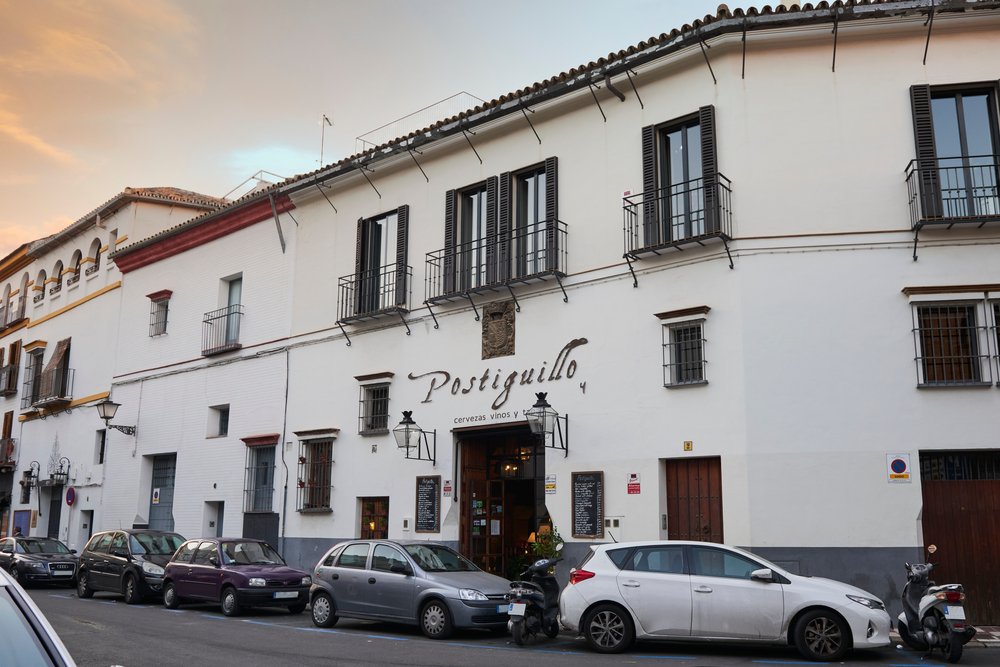The palace dates back to the 16th century and is distinguished by its remarkable collection of Roman mosaics, which cover almost the entire ground floor, making it known as the "best-paved palace in Europe."
In addition to being open to the public as a museum since 1999, the palace is also available for rental for events such as presentations, incentives, gala dinners, conferences, and concerts.
The palace began as a noble residence in the 15th century, featuring a façade in the Sevillian style of that era. Between the 18th and 20th centuries, it underwent remodeling and expansion.
Originally, the house belonged to the Paiba family, and later to the Counts of Los Corbos and the Counts of Miraflores. In 1901, it was acquired by María Regla Manjón y Mergelina (the Countess of Lebrija), who restored and adapted it to house her valuable collection of antiques, working with architect José Sáez y López. As an avid archaeology enthusiast, she adorned the palace with pieces discovered on her property, as well as other items purchased from antique dealers.
The main courtyard is an architectural gem, featuring a wooden ceiling, polychrome gilded ironwork, and a floor made of Roman mosaic. Its beauty is further enhanced by decorative elements such as Arabesque arches, Plateresque ornaments, and its Andalusian façade and layout.
In 1901, the Countess of Lebrija, a predecessor of the current owners and a passionate archaeologist, had the house restored and decorated with archaeological finds from near Itálica. The palace also boasts notable artworks, including pieces by Van Dyck, Bruegel the Elder, and paintings from the School of Murillo.
